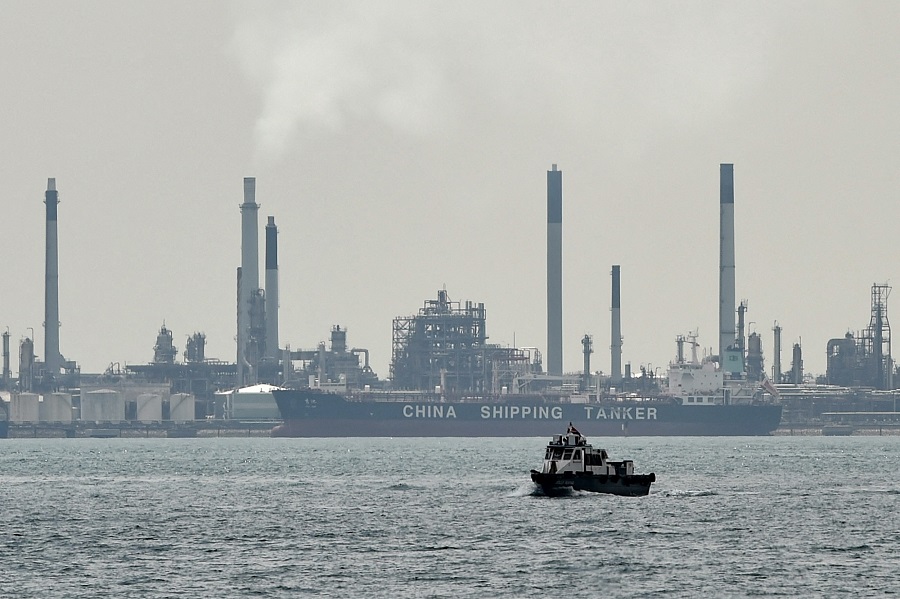DUBAI: Investment in oil and gas needs to rise significantly over last year’s pandemic-impacted levels to avert a crisis in global energy supply, according to the latest report from the King Abdullah Petroleum Studies and Research Centre (KAPSARC).
“Considerably higher investment is needed by the end of the decade to avoid a longer-term supply deficit,” the report said.
“Even under low oil demand scenarios, the current levels of investment would result in a significant market deficit.”
The prospect of a world running short on oil to fuel a post-pandemic recovery has been highlighted by several recent studies.
Rystadt, the US energy consultancy, estimated that globally oil and gas companies cut their capital expenditure — capex — by 30 percent last year.
A recent report by the International Energy Forum and Boston Consulting Group forecast that a further 20 percent cut would come in 2021.
These are bigger cuts than in either of the previous two periods of falling oil prices, in 2004 and 2014, when rapid economic development in China came to the rescue with soaring demand for energy products.
“Today, the markets face different realities,” KAPSARC said, as slower oil demand growth and climate concerns dampen the enthusiasm of financial investors in fossil fuels.
Some investors have abandoned traditional hydrocarbons altogether, while others are demanding clearer commitments on the part of energy companies to transition away from high-emission products.
“The energy transition is pushing big oil companies to address climate change,” KAPSARC said. The share of investment devoted by big oil companies to renewables tripled last year, according to Goldman Sachs, with big cuts in oil and gas projects compared to smaller reductions in “greener” initiatives.
Although national oil companies in the Middle East, such as Saudi Aramco and the Abu Dhabi National Oil Co., have taken advantage of lower costs to adopt a longer-term strategy of increasing investment in traditional sources, this is not enough to make up the global shortfall.
“The current low capex investment in oil and gas is raising new concerns,” KAPSARC said, citing studies from the International Energy Forum showing that upstream investment needs to rise by 25 percent each year until 2024 in order to avoid a crisis.
“The market recovery from low investment and instability is likely to take longer than in previous crises and be more expensive due to slower growth in demand, and a modest oil price recovery,” KAPSARC said.
“Investment should grow starting today, if not for market stability, then at least for improved future returns.”
KAPSARC’s monthly Oil Market Outlook took a comparatively cautious stance on trends in the global industry, with a forecast that oil demand will grow by 4.2 million barrels per day in 2021, lower than some estimates. Pre-pandemic demand levels will not be reached until the third quarter of next year.
It also predicted that global economic growth will be 4.2 percent this year, lower than the International Monetary Fund forecast of 5.4 percent.
Chinese oil demand is expected to reach “normal” levels in this quarter, depending on measures to contain COVID-19 and a continuation of economic stimulus.
A key issue is the prospects for US oil production. “Shale will only see significant growth from 2022, and there is a debate over how reduced long-term price outlooks and waning investor interest will impact future supply,” KAPSARC said.
“A longer-term threat, however, is that prospects for weaker investment may leave the market undersupplied, creating an opportunity for shale.”

Masdar’s US clean energy projects create 2,000 new jobsOil declines ahead of US inventories data

